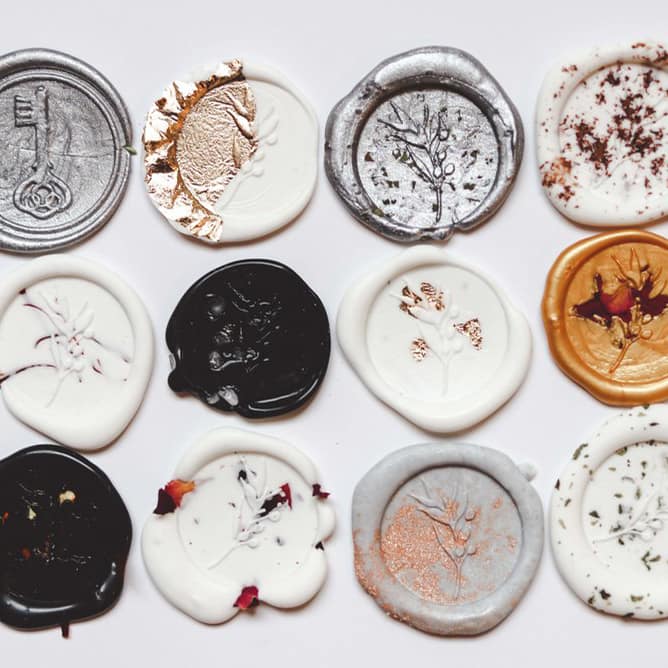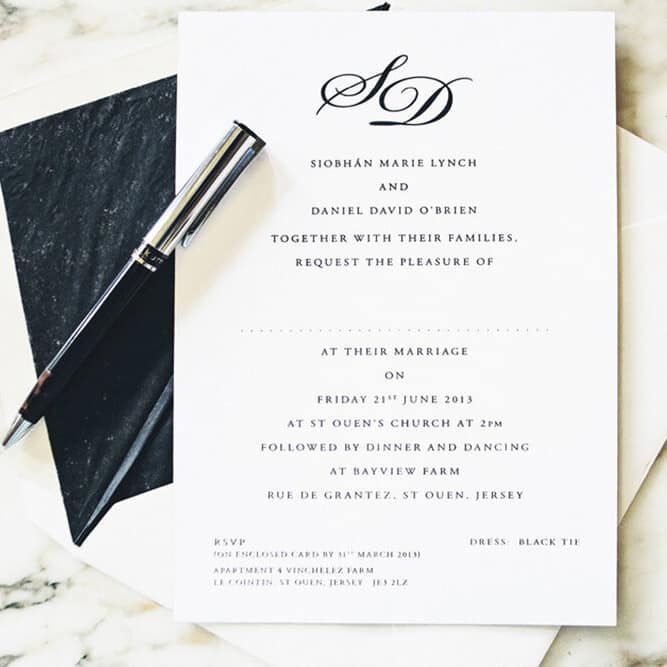Weaving Your Cultural Story into Your Wedding Stationery
The very lovely Vaishali Shah, from award-winning Ananya Cards, is here to guide you through some creative suggestions and considerations for personalising your wedding invitations and stationery, in a way that is authentically inspired by your combined cultures.
Vaishali says…
From the first glimpse with the save the date, the fascinating facets of your cultural heritages can start to unfold, taking your invitees on an adventure as they delve deeper into the cultures that have helped to shape your personalities and identities.
What traditions, colours or symbols most represent your cultures? Are there any motifs or patterns that are associated with weddings? If so, that motif or pattern can be incorporated in the stationery design. Why not combine the flowers of each culture such as a lotus for an Indian bride and a thistle for a Scottish groom.
For an African wedding where the bride is wearing a traditional dress, tribal patterns of geometric shapes and bold designs or batik can be woven into the stationery suite. For a man, the pattern could be on his tie or the lining of his suit. Très chic!
How about using colours of the flags of each person’s country or even the flags themselves in the stationery. Very impactful!
Print your favourite love poem (for example, a Shakespearean couplet or excerpt from a Rumi verse), a meaningful quote from a religious scripture or proverb, on the reverse of the invitation, menu or wedding booklet.


Image by <a class="text-p3" href="https://www.hayleygellphotography.com" target="_blank">Hayley Gell Photography</a>.
Weaving Your Cultural Story into Your Wedding Stationery.

Image by <a class="text-p3" href="https://www.hayleygellphotography.com" target="_blank">Hayley Gell Photography</a>.
Weaving Your Cultural Story into Your Wedding Stationery.
Monograms are an ideal way to capture the character and personalities of a couple in innovative and creative ways both in the stationery suite and on the wedding day. For example, the monogram could be placed in strategic places such as in the ‘mandap’ (four pillared temporary canopy) for a Hindu wedding. For a Jewish wedding, the monogram could be embroidered on the ‘kippot’ (skull caps) or ‘chuppah’ (wedding canopy) or be printed on the ‘Grace After Meals’ booklet.The choices for incorporating monograms into your wedding are limited only by your imagination. From the menus, seating plan, place cards and coasters to the wedding booklet, signage and wax seals, monograms are versatile and can be used throughout the stationery suite.
Admittedly, monograms are not restricted to stationery. They can light up the dance floor, the bar area, be projected on the ceiling, used on napkins or as a cake topper and even hidden within the intricate henna pattern on the bride’s hand. It can also be concealed in one of the layers of the wedding cake, so that it is revealed as the cake is cut. How dramatic!
The differences that make all the difference
It’s important to be aware and sensitive to differences between the cultures so you know what to avoid and what to include in wedding stationery, what is considered auspicious and inauspicious. After all, you don’t want to make a faux pas!
Here are some examples:
In Hindu weddings, black is generally considered inauspicious and is therefore avoided in wedding stationery as well as attire for the wedding ceremony. The sacred colour of love and good fortune – a rich red, is often used in stationery patterns on a neutral background, or even as the background colour. Bold, vibrant jewel tones are often used in stationery. An image of the elephant-God Ganesh as an auspicious symbol to bring good luck and prevent obstacles is usually present.
At Chinese weddings, black and purple are considered colours of mourning so invitations will traditionally avoid those colours. Red is generally a favoured colour symbolising good fortune, although modern couples are now embracing cream, maroon and pink. As wedding favours, personalised chopsticks, hand fans or sweets in a red gift box are beautiful and memorable.


Image by <a class="text-p3" href="https://www.xandercasey.co.uk" target="_blank">Xander Casey Photography</a>.
Weaving Your Cultural Story into Your Wedding Stationery.

Image by <a class="text-p3" href="https://www.xandercasey.co.uk" target="_blank">Xander Casey Photography</a>.
Weaving Your Cultural Story into Your Wedding Stationery.
Traditional Muslim colours for wedding invitations are green, cream, red and gold with each colour having its own particular significance. Green, for example, is the colour of paradise and red is the symbol of fertility. Religious symbols such as the moon, ‘Bismallah’ (in the name of God) or the image of a rose are popular choices.
Combining and blending cultures in a thoughtful, mindful way is key. It may be somewhat challenging, but it is an excellent opportunity to create and showcase your wedding stationery and indeed the whole event in a way that is totally unique to you and speaks volumes about you and your cultural background. Your guests will remember it fondly and you will have treasured memories to look back on for years to come.
It’s up to you how much of your culture/s you want represented in your wedding stationery; it could be subtle hints or a salute to its influence, or a total immersion.
As first Prime Minister of India Jawaharlal Nehru said, “Culture is the widening of the mind and of the spirit.”















